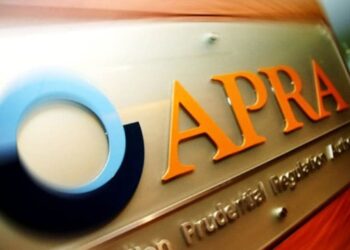The Future Fund grew $18.8 billion in the last financial year to reach a record $224.9 billion, according to its latest portfolio update.
It delivered a 9.1 per cent annual return in the 12 months to 30 June 2024, which CEO Dr Raphael Arndt described as “very strong” given the challenging market environment.
He singled out private market allocations in alternatives and private credit among the top portfolio contributors.
As at 30 June 2024, the fund held around 15.2 per cent in alternatives, developed market equities were its largest allocation at 20.8 per cent, while 14.5 per cent was invested in private equity.
“Equity markets rallied strongly over the year, thanks in large part to the strength of the US economy and expectations that US interest rates had peaked and would soon begin to fall,” he said.
“Private credit and alternatives also delivered strong returns, as anticipated by our views that inflation and rates would remain higher and risk markets volatile.”
Many of its positions, particularly in its hedge fund portfolio, “really delivered,” Arndt said, “in a year where equities were the only strongly performing traditional asset class”.
The CEO said that over the past four years, the equivalent of the full value of the portfolio has been turned over to align the portfolio with our revised thinking.
This, he said, occurred as changes in the investment environment and the resurgence of geopolitical risks, “of which we have been warning for several years”, continued to play out.
“As we have explained, our portfolio is now more robust to these events with relatively low exposure to fully priced equities, low exposure to interest rates and a range of inflation hedges in place,” he said.
Meanwhile, the fund reported that total funds managed by the board reached $289.4 billion as Housing Australia Future Fund moves to become fully invested. The HAFF is a $10 billion investment fund established by the federal government and managed by the Future Fund.
The Future Fund’s latest update marks the first results since Greg Combet came on board as chair of the Future Fund Board of Guardians.
Also commenting on the fund’s annual result, Combet said the long-term investment success of the fund makes a “valuable contribution” to Australia’s financial standing.
“Since its establishment in 2006, investment returns have added almost $165 billion in value,” he said.
“My priority as chair is to maintain the focus on delivering the investment mandate of CPI+4–5 per cent per annum over the long term while managing risk.”
In taking up the role, Combet said he is impressed with the fund’s investments in Australian infrastructure assets like airports, a major port, renewable energy, and telecommunications and data centres.
“These are important investments in Australia’s future,” Combet said.
“Building on these will be a priority for me, particularly given the investment opportunities in the energy transition.”
He also flagged that developing the fund’s ESG capabilities, particularly in relation to climate risks and opportunities, is an additional focus for the board.




